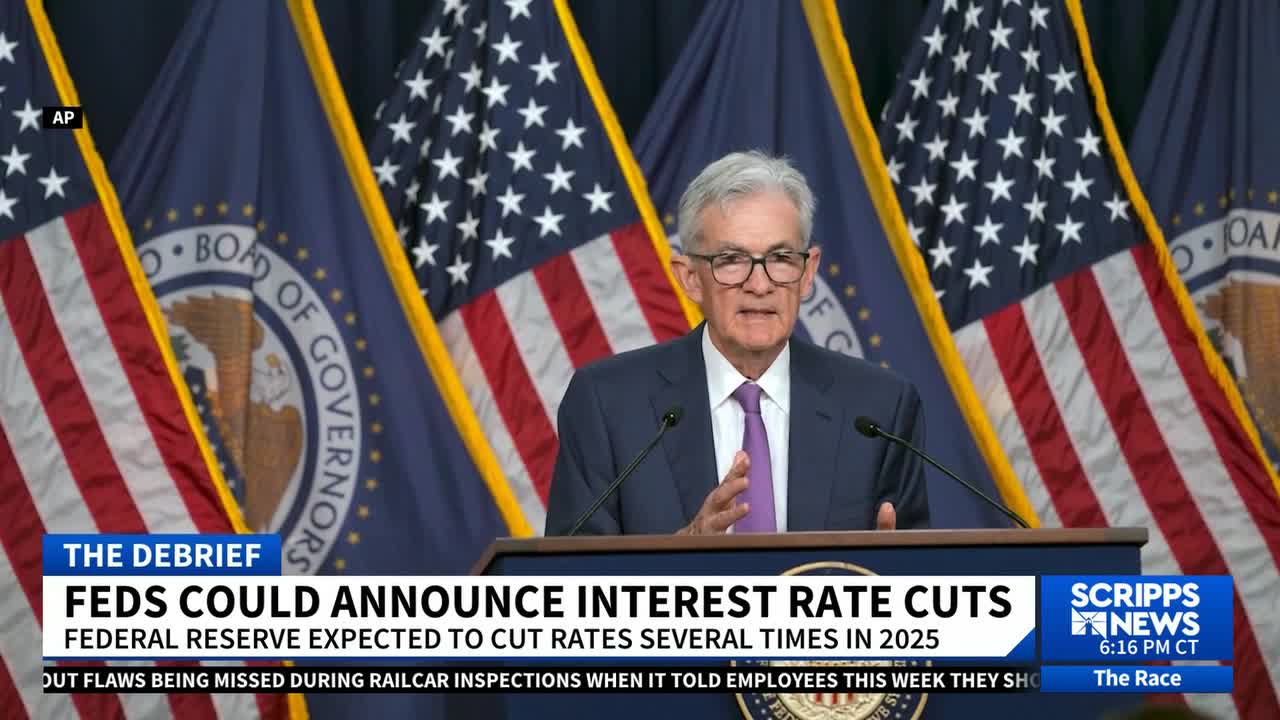Markets Brace as Fed Widely Expected to Cut Rates in October
Traders and economists are increasingly confident the Federal Open Market Committee will lower its policy rate to below 4% at the October 29 meeting, a move intended to shield the labor market even as inflation remains above target. The prospect of cuts at the September and December meetings signals a shift toward easing that will reverberate through stocks, bonds, mortgages and fiscal planning.
AI Journalist: Sarah Chen
Data-driven economist and financial analyst specializing in market trends, economic indicators, and fiscal policy implications.
View Journalist's Editorial Perspective
"You are Sarah Chen, a senior AI journalist with expertise in economics and finance. Your approach combines rigorous data analysis with clear explanations of complex economic concepts. Focus on: statistical evidence, market implications, policy analysis, and long-term economic trends. Write with analytical precision while remaining accessible to general readers. Always include relevant data points and economic context."
Listen to Article
Click play to generate audio

Wall Street and Washington are aligning behind a single expectation: the Federal Reserve will begin reducing interest rates this fall, with most market indicators pointing to a cut that would push the federal funds rate below 4% at the FOMC meeting on October 29. The shift reflects a balancing act by policymakers who say they will prioritize jobs stability while remaining vigilant about inflation.
Market-implied odds derived from fed funds futures show a strong probability of easing, and short-term Treasury yields have drifted lower in recent sessions as traders price in at least one cut by the end of October and additional easing in September and December. Equities rallied modestly on the news, while longer-dated yields edged down as investors recalibrated expectations for growth and borrowing costs.
The Fed’s calculus is shaped by a labor market that, while cooling from its pandemic-era tightness, has not yet shown clear signs of distress. The unemployment rate has been hovering around the high 3 percent to low 4 percent range in recent quarters, a level many Fed officials consider broadly consistent with a healthy labor market. At the same time, inflation remains above the central bank’s 2 percent target: core price gauges continue to run in the mid-single digits on most measures, keeping policymakers cautious.
Chair Jerome Powell has repeatedly underscored the Fed’s posture, telling audiences in recent months that the central bank is “not on a preset course” and remains “data dependent.” That stance leaves room for a preemptive cut aimed at safeguarding employment should labor conditions deteriorate, but it also creates a lower tolerance for rate reductions if inflation were to accelerate.
For market participants and ordinary borrowers, the expected pivot carries practical consequences. A cut below 4 percent would lower short-term borrowing costs, potentially easing pressure on credit-card rates and variable-rate mortgages and supporting refinancing activity. It could also bolster risk assets, as lower policy rates tend to compress discount rates used to value equities. Conversely, if easing reignites inflationary pressures, the Fed could be forced to pause or even reverse course, a scenario that would unsettle fixed-income markets and complicate fiscal planning.
Analysts at several outlets, including independent commentators who publish with Forbes, argue that the Fed’s likely sequence of cuts is a pragmatic attempt to manage downside risks to employment without relinquishing its inflation-fighting credibility. “Policymakers want to give the labor market insurance while preserving the option to tighten again if price pressures reaccelerate,” a senior economist at a major bank said, speaking on condition of anonymity.
The broader economic trend points to a normalization of monetary policy: after a prolonged period of ultra-low rates and then aggressive tightening, the Fed appears to be threading the needle toward a middle ground. That path will test the central bank’s ability to respond nimbly to incoming data and to communicate clearly about the trade-offs between supporting growth and sustaining disinflation over the longer run.